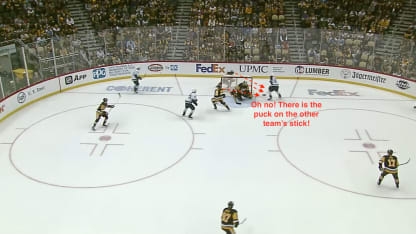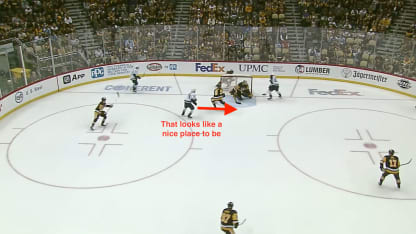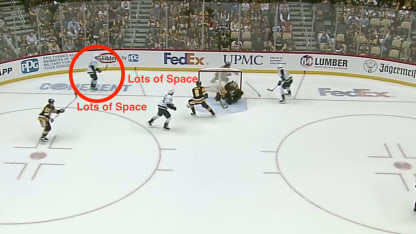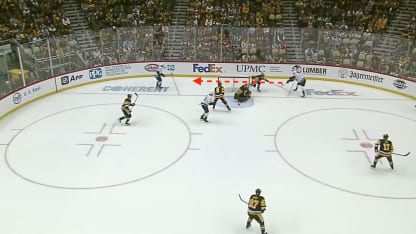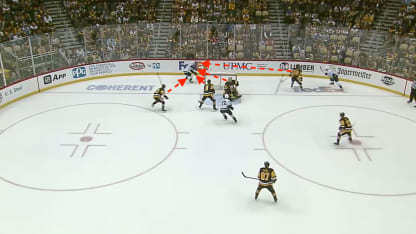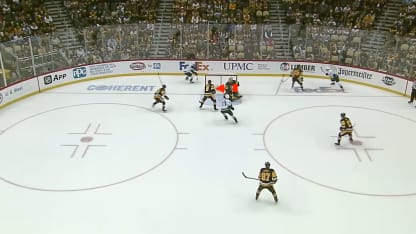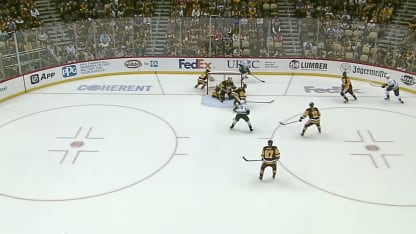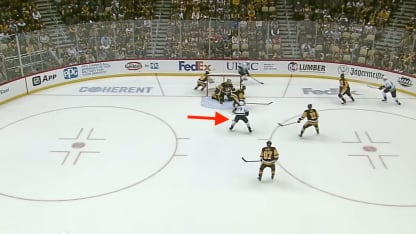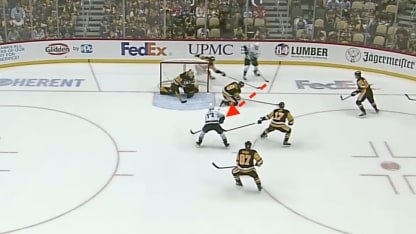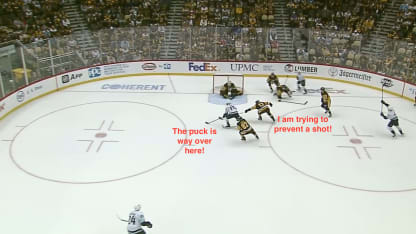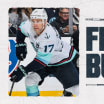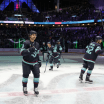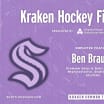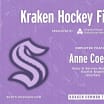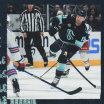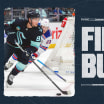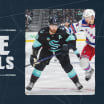Saturday, the Kraken were in Pittsburgh for the final game of a three-game road trip hoping to get their fourth straight win for the first time in franchise history. But after a go-ahead goal by Yanni Gourde, the Penguins tied it at two halfway through the third period. The score was holding with a little less than four minutes to play when Gourde entered the offensive zone with the puck on his stick.
In the 12 seconds after that zone entry, the Kraken would stay in the attack zone and generate a game winning goal to seal the 3-2 victory. How?
Let's dig in.
Film Study: The Anatomy of a Game Winning Goal
How the Kraken used sustained pressure and behind-the-net play to generate the game winner in Pittsburgh

